Best Backpacks for Patches: A Guide to Customization
For those looking to truly make a backpack their own, patches are an amazing way to showcase personality and passions. However, finding the right backpack that can handle patches, both in terms of material and durability, can be surprisingly tricky.
Many people find themselves unsure about what kind of backpack material works best, what types of patches are suitable, and the proper way to attach them without causing damage. The frustration of patches not sticking or worse, ruining a perfectly good backpack, is a real concern.
This article is designed to take away that guesswork. You’ll discover everything you need to know to confidently choose the ideal backpack for your patch collection. We’ll explore the best backpack materials for patch application, delve into different patch types and the most effective ways to apply them securely.
Crucially, you’ll also get practical advice on how to care for your customized backpack to keep it looking great for years to come. We’ll even point you towards backpack brands and styles that are known to be excellent canvases for personalization.
And if you ever feel like you need a little extra help getting your patches just right, remember that Packlove, with over 8 years of experience in the garment industry, especially in processing labels, tags, and patches, offers professional services to ensure your patches are applied perfectly.
1. Choosing the Right Backpack for Patches: Key Considerations
1.1 Material Matters: Selecting Fabrics for Optimal Patch Adhesion
The backpack’s fabric significantly impacts patch adhesion. Canvas backpacks, military backpacks and tactical backpacks, often made from durable canvas, denim, nylon or polyester, provide excellent surfaces for attaching patches. These materials are robust and can withstand the wear and tear of daily use as well as the application methods of heat transfer or stitching. Smoother fabrics like some nylon may require additional adhesive or careful stitching to ensure secure patch attachment.
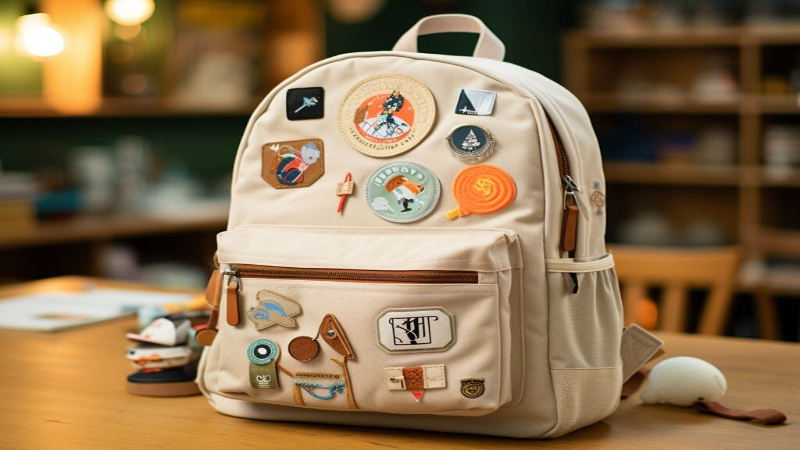
1.2 Durability and Construction: Ensuring Long-lasting Patch Display
A well-constructed backpack is essential for long-term patch display. Look for reinforced stitching, strong zippers and sturdy straps to withstand the added weight and stress of multiple patches. The stitching quality directly impacts the patch adhesion strength; loose or weak stitching can compromise the patches’ longevity. A sturdy construction protects both the backpack and your decorative patches.
1.3 Backpack Size and Design: Finding the Perfect Canvas for Your Patches
Backpack size should accommodate the number and size of your intended patches. Larger backpacks offer more surface area for extensive customization. Some backpacks even feature dedicated patch panels or substantial loop areas specifically designed for patch attachment. This feature maximizes the number and variety of patch types compatible while ensuring ease of application and removal.
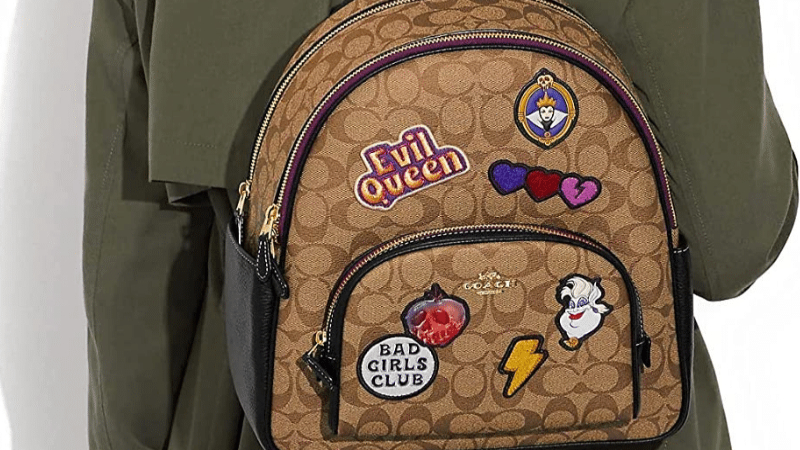
2. Best Backpack Types and Brands for Patch Customization
2.1 Canvas Backpacks: A Classic Choice for Patch Enthusiasts
Canvas backpacks remain a popular choice for patch enthusiasts due to their durability and texture. The slightly coarse fabric provides excellent grip for various patch types, allowing for secure attachment via stitching or adhesive methods. Brands are known for their high-quality canvas backpacks, ensuring your patches stay put through daily wear.
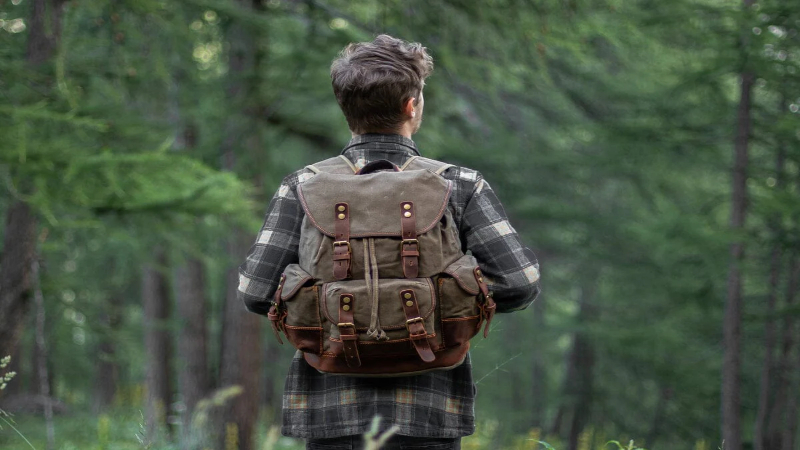
2.2 Nylon and Polyester Backpacks: Durable and Versatile Options
When it comes to choosing a backpack that’s ready for anything you throw at it – and on it, if you’re planning to add patches – nylon and polyester stand out as top-tier materials. These synthetic fabrics are incredibly popular for good reason, offering a fantastic blend of durability, versatility, and practicality that’s perfect for everyday use and customization.
One of the biggest advantages of both nylon and polyester is their inherent durability. They are built to withstand the wear and tear of daily life, resisting abrasions and scuffs that can quickly damage less robust materials.
This toughness is essential for a backpack that’s going to be carrying your essentials and potentially showing off your personal style through patches. Beyond durability, both materials offer a degree of water resistance.
While not always fully waterproof, nylon and polyester can repel light rain and moisture, helping to keep your belongings dry in unexpected showers. The level of water resistance can vary depending on the specific weave and any coatings applied, so it’s always worth checking product details if water protection is a major concern for you.
Another key benefit is their lightweight nature. Compared to heavier natural fibers like canvas, nylon and polyester backpacks are much easier to carry, especially when you’re loading them up with books, gadgets, or travel gear.
For those keen on personalization, both nylon and polyester provide a great surface for attaching patches. Their relatively smooth and tight weaves make it easier for patches to adhere securely, whether you choose to sew them on, iron them on (for heat-seal patches), or use adhesive methods.
When attaching patches to nylon or polyester, consider the type of patch and the backpack material’s thickness. For thicker backpack fabrics, sewing patches on is often the most durable and long-lasting method. If you’re using iron-on patches, always test a small, inconspicuous area first with a low heat setting to ensure the backpack material can handle the heat without melting or scorching.
For a no-sew option, adhesive patches or fabric glues designed for textiles can also work well, but ensure you choose a strong, weather-resistant adhesive for patches that will be exposed to the elements.
If you’re on the hunt for backpacks made from these reliable materials, brands are excellent places to start. These brands are well-known for using high-quality nylon and polyester in their backpacks, creating products that are built to last and perfectly suited for both everyday adventures and showcasing your unique patch collection.
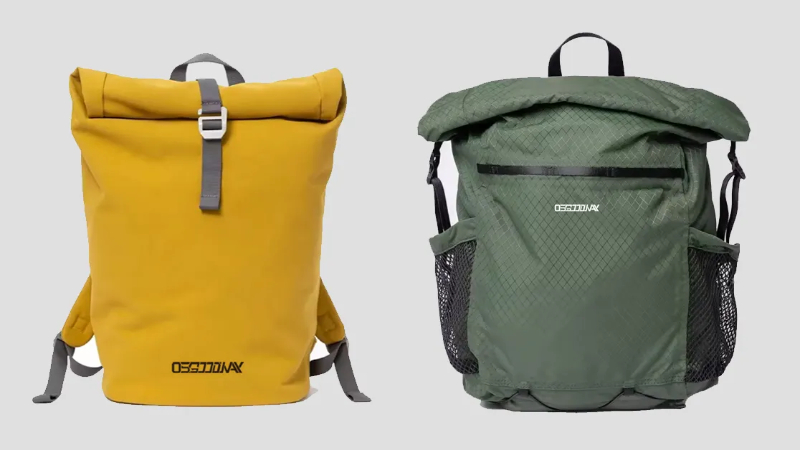
2.3 Exploring Other Bag Options for Patches
While backpacks are popular, other bags also provide suitable surfaces for personalization. Tote bags, duffel bags and messenger bags can all be customized with patches, following the same principles of material selection and durability considerations. The choice depends on your personal style and intended use.

2.4 Tactical and Military-Style Backpacks: Rugged and Patch-Ready
Tactical and military-style backpacks are exceptionally durable and often feature large areas of loop material designed specifically for attaching patches. These backpacks provide ample space for a significant number of patches and often showcase a rugged aesthetic that complements the tactical style. Brands specializing in this style often incorporate features that further enhance patch placement such as dedicated panels or reinforced areas. The numerous attachment points allow for extensive customization.

3. Understanding Different Types of Backpack Patches
3.1 Embroidered Patches: Classic and Detailed Designs
Embroidered patches are created using embroidery thread to stitch intricate designs onto a backing fabric. Their detailed designs and classic appeal make them a popular choice. Embroidered patches are highly durable, resistant to fading and wear and offer numerous design options from logos and images to lettering and custom artwork. They provide a high-quality, long-lasting finish.
3.2 Iron-On Patches: Convenient and Easy Application
Iron-on patches use a heat-activated adhesive on their backing to bond with the backpack’s fabric. This method is highly convenient and requires minimal tools or expertise. Ensure your chosen backpack fabric is compatible with heat application to avoid damage. Iron-on patches are a fast and easy way to add personal touches, ideal for beginners.
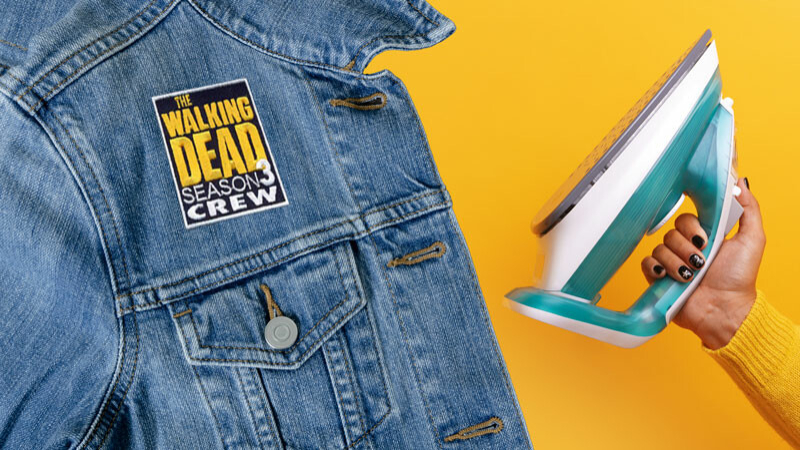
3.3 Sew-On Patches: Secure and Long-lasting Attachment
Sew-on patches provide the most secure and durable attachment method. Using a needle and thread, these patches are sewn directly onto the backpack fabric, ensuring they will stay put through even the most demanding use. Suitable for various fabrics, sew-on patches are a great option for those seeking long-lasting durability. This method offers the most secure and reliable attachment.
3.4 Velcro (Hook and Loop) Patches: Versatile and Interchangeable
Velcro patches utilize hook-and-loop fasteners, allowing for easy attachment and removal. Their versatility enables you to quickly change patches or rearrange your existing collection. Velcro patches are incredibly popular on tactical and military-style backpacks due to their adaptability. This system provides convenient customization and allows for easy updates.
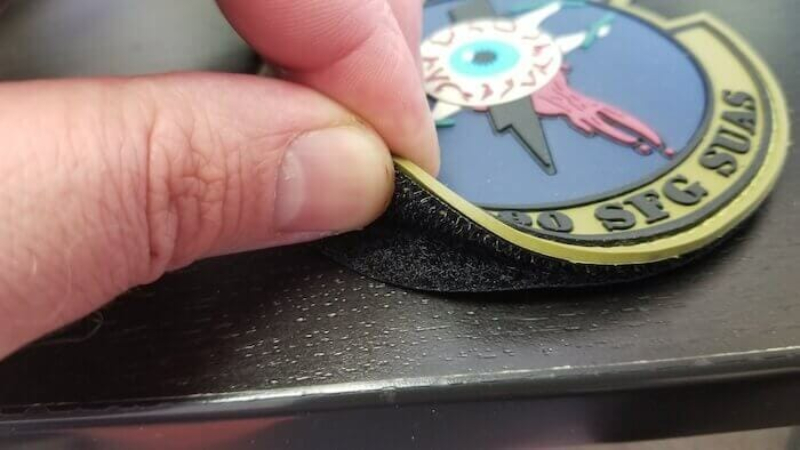
3.5 Other Patch Materials: PVC, Leather, and More
Beyond the common types, you’ll find patches made from materials like PVC and leather. PVC patches are often water-resistant and durable while leather patches offer a unique aesthetic and can be very long-lasting. Some patches also incorporate reflective properties or UV resistance, offering added functionality.
4. Applying Patches to Your Backpack: A Step-by-Step Guide
4.1 Iron-On Patch Application: A Detailed Walkthrough
Applying iron-on patches is quick and easy. Preheat your iron to the appropriate setting (usually medium-high) without steam. Place the patch where desired and cover it with a thin pressing cloth to prevent scorching. Apply firm, even pressure for 30-60 seconds. Let it cool completely before handling to allow the adhesive to fully bond.
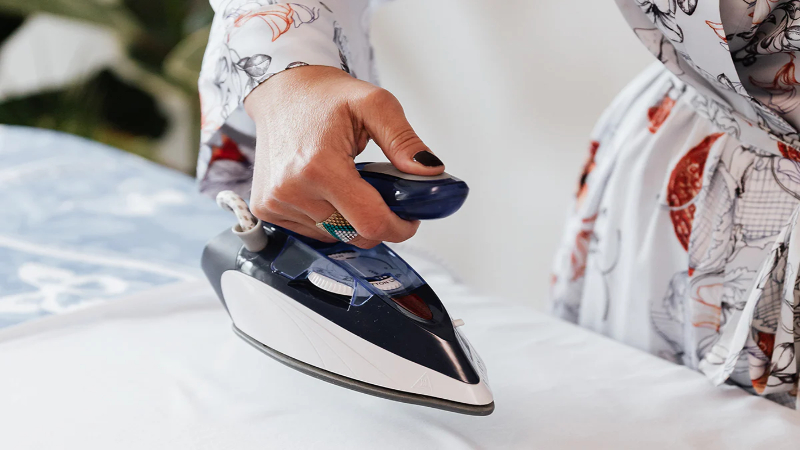
4.2 Sewing Patches onto Your Backpack: Techniques and Tips
Sewing patches offer superior durability. Choose a needle and thread matching your patch and backpack colors. Use a backstitch or whip stitch for secure attachment. Start by securing the patch’s edges with small, even stitches. Then, work your way around the perimeter, ensuring each stitch is tight. A sewing machine can expedite the process but hand-stitching ensures precise placement and control.
4.3 Using Fabric Glue for Patch Application: When and How
Fabric glue is suitable for smaller patches or those on delicate fabrics. Apply a small amount of glue to the back of the patch and evenly distribute it. Carefully place the patch onto the backpack and hold it firmly in place for several minutes to ensure secure adhesion. Allow to dry completely before handling; cure time varies by glue type.
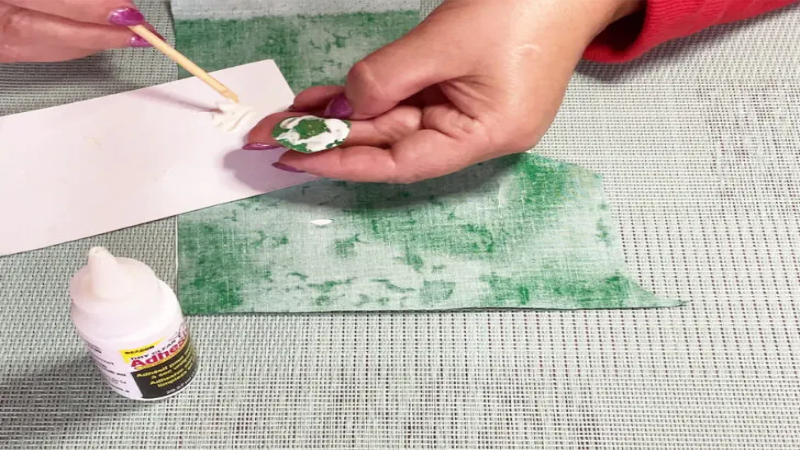
4.4 Applying Velcro Patches: Simple and Straightforward
Velcro patches offer the easiest application. Simply peel the protective backing from both the hook and loop sides of the patch and firmly press them onto the desired locations on your backpack. Ensure both sides are completely adhered to before moving the backpack or attaching additional patches. Velcro’s strong adhesive holds securely while allowing for easy removal and repositioning.
5. Caring for Your Patch Backpack: Maintaining its Longevity
5.1 Cleaning and Washing Your Patch Backpack
Regular cleaning prevents dirt and grime buildup. Spot clean minor stains with a damp cloth and mild detergent. For thorough cleaning, hand wash the backpack using cool water and a gentle detergent, avoiding harsh chemicals. Machine washing is possible on a gentle cycle but always check the care instructions on the backpack itself. Air drying is crucial; avoid direct sunlight or high heat to prevent damage and fading.
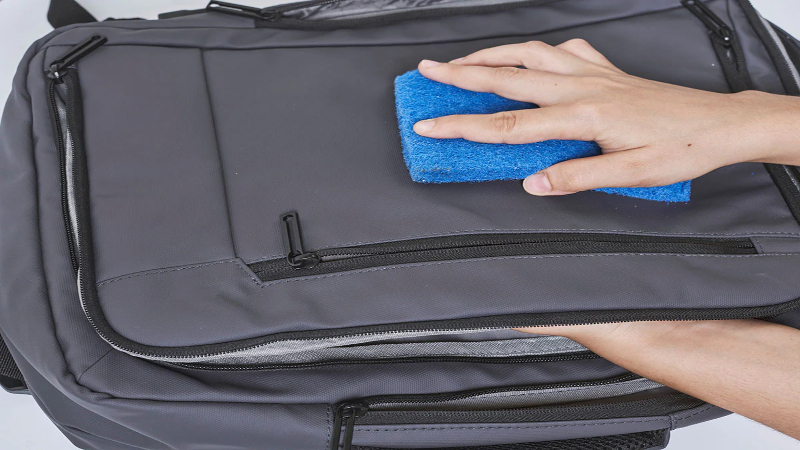
5.2 Proper Storage and Maintenance for Patch Backpacks
Store your backpack in a cool, dry place, avoiding damp or humid areas that may encourage mold or mildew. Periodically inspect the patches, reinforcing any loose edges with additional stitching or fabric glue. Avoid stuffing the backpack too full as this can put stress on the seams and potentially loosen patches. Proper storage protects both the backpack and the patches’ vibrant colors.
6. FAQs about Best Backpacks for Patches
6.1 Can I put patches on any type of backpack?
While the idea of covering your backpack in patches to express your personality is definitely appealing, it’s worth knowing that not all backpacks are created equal when it comes to patch customization. Technically, you could try to attach patches to almost any backpack, but for the best results and to avoid potential headaches, it’s wise to consider the material and construction of your bag.
Generally speaking, backpacks made from canvas, denim, nylon, and polyester are your best bet for patch application. These materials offer a good balance of durability and texture that makes attaching patches relatively straightforward. Think about it – these fabrics are typically robust enough to withstand the needle and thread of sewing, can handle the heat of iron-on patches (with caution, of course), and provide a surface that adhesives can grip onto effectively.
6.2 How do I remove iron-on patches from a backpack?
Removing iron-on patches can be challenging and may leave a residue. Try gently reheating the patch with a low-heat iron and pressing cloth to soften the adhesive. Carefully peel the patch away, but be prepared for potential adhesive remnants. A gentle adhesive remover might help clean up any remaining residue.
6.3 What is the most durable type of patch for a backpack?
Sew-on patches provide the most durable attachment. Their secure stitching withstands daily wear and tear. Embroidered patches also offer excellent durability due to the reinforced stitching technique. The choice depends on your skill level and desired level of permanence.
6.4 Will patches damage my backpack?
No, properly applied patches using the appropriate method for your backpack’s material should not cause damage. Using incorrect methods or unsuitable patches for your chosen material could lead to damage.
6.5 Where can I find unique and high-quality patches for my backpack?
Numerous sources offer patches: online marketplaces (Etsy, Amazon), craft stores, military surplus stores and some clothing retailers. Packlove also provides a broad selection of high-quality patches, offering design customization and various printing options to suit your needs.
Read More:
- USPS poly mailers: Sizes, regulations & where to buy
- How to print on poly mailers: Methods, costs and eco-friendly options
- How to make custom poly mailers: Design, print & order
This guide highlights the key considerations for successfully personalizing your backpack with patches. Choosing the right backpack material such as durable canvas, nylon or polyester is crucial for secure patch attachment and long-term wear. Remember to clean and store your backpack correctly to protect both the bag and your patches. Embrace your unique style, express your individuality and start your own backpack customization journey with Packlove today!













